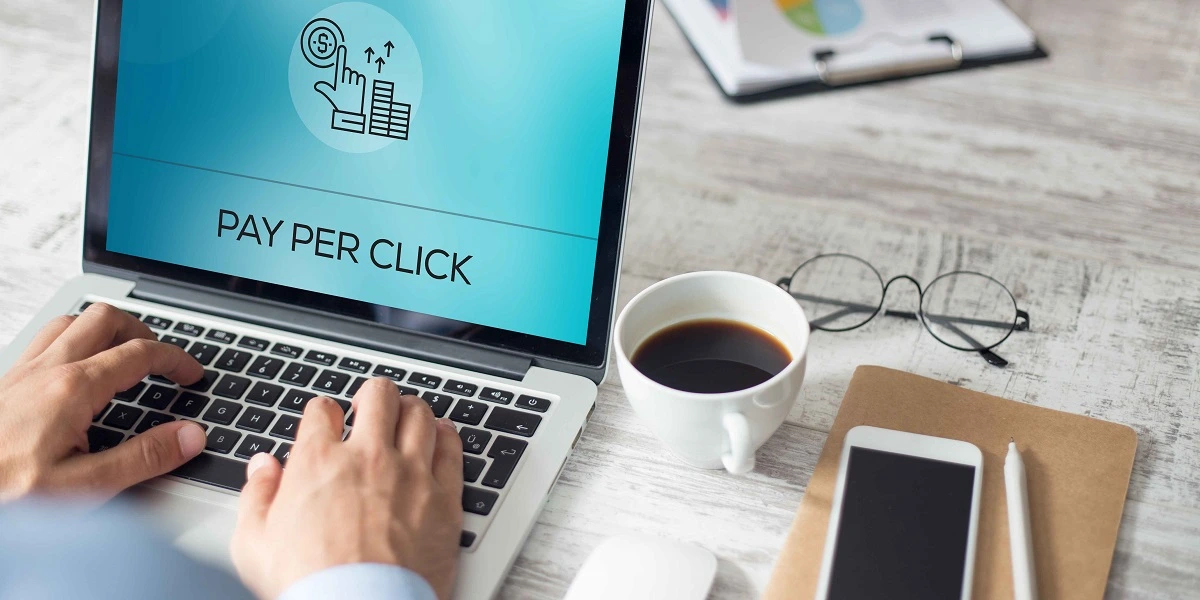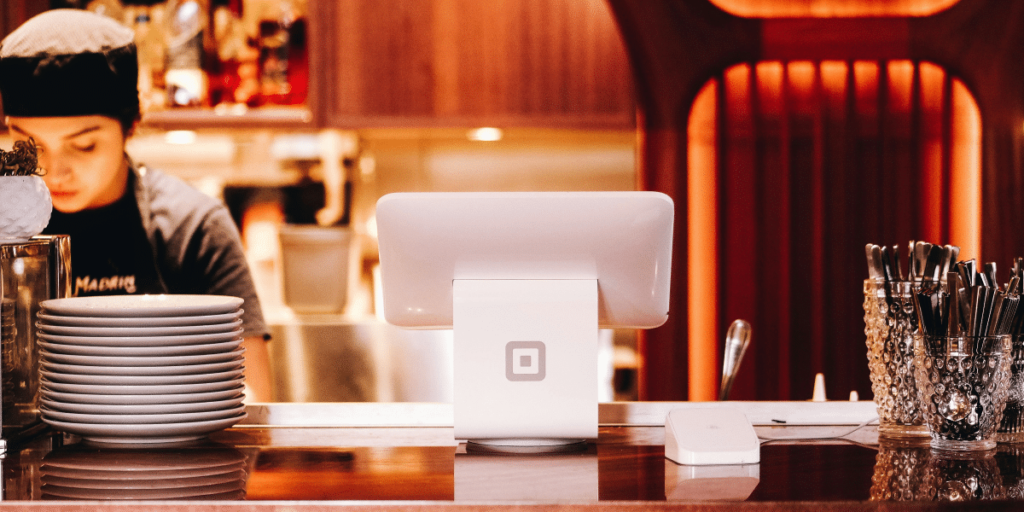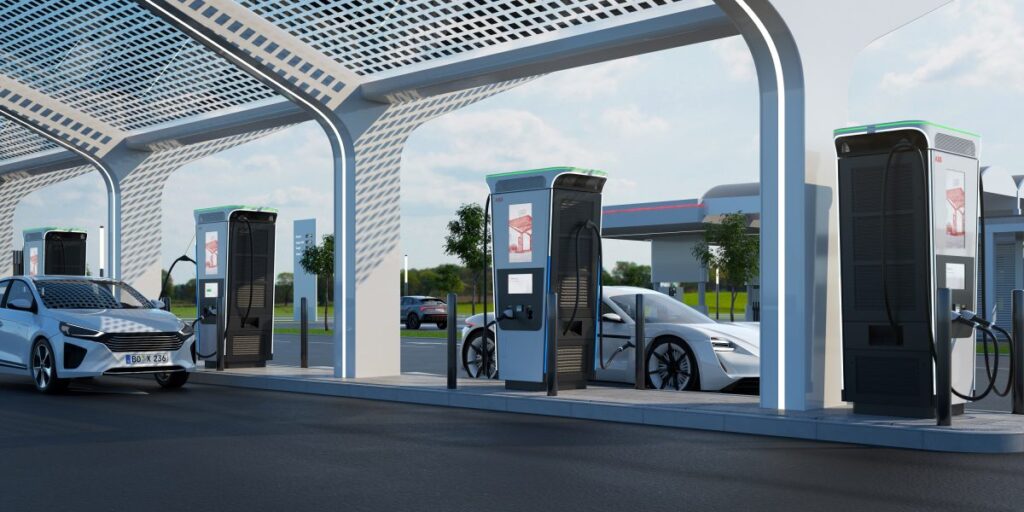Pay-per-click (PPC) advertising examples are indispensable for marketers and businesses looking to maximize their digital marketing efforts. PPC is a form of online advertising where advertisers pay a fee each time someone clicks on their ads. This method allows for precise targeting and immediate visibility on search engines and other platforms, making it a cornerstone of modern digital marketing. Analyzing PPC advertising examples from various industries provides insight into successful strategies that yield high engagement and conversions. These examples help marketers understand the nuances of ad design, bidding strategies, targeting, and optimization to achieve the best possible return on investment (ROI). Whether a business is just starting with PPC or aiming to refine an existing campaign, learning from real-world PPC advertising examples is a critical step towards mastering this competitive advertising channel.
The Power of Google Ads in PPC Advertising Examples
Google Ads dominates the PPC landscape due to its unparalleled reach and sophisticated targeting options. One classic PPC advertising example is how e-commerce businesses utilize Google search ads to target users actively searching for specific products. For instance, a company selling running shoes will bid on keywords such as “buy running shoes online” or “best running shoes for flat feet.” These ads typically appear above organic search results, often enhanced with ad extensions like site links, customer reviews, and price information. This format not only grabs attention but also offers additional useful information at a glance, increasing the likelihood of clicks and conversions. Moreover, smart bidding strategies like automated bidding and audience targeting enable advertisers to maximize their budget by focusing on high-value prospects. Such PPC advertising examples highlight the importance of aligning keywords, ad copy, and extensions to drive targeted traffic effectively.
Social Media PPC Advertising Examples
Social media platforms like Facebook, Instagram, Twitter, and LinkedIn have transformed the PPC advertising landscape by enabling hyper-targeted campaigns. Unlike search ads, which capture intent-driven users, social media PPC advertising examples rely heavily on demographic, behavioral, and interest-based targeting. For example, a fashion brand might create dynamic product ads on Facebook that display specific clothing items a user recently viewed on their website. These personalized ads can adjust automatically based on user data, increasing relevance and engagement. Additionally, social media ads support a variety of formats including carousel ads, video ads, and story ads, allowing brands to tell richer stories and connect emotionally with their audience. By integrating pixel tracking and conversion data, advertisers refine targeting further to focus on users who are most likely to engage or convert, showcasing the power of personalization in PPC advertising examples on social platforms.
Remarketing Campaigns as PPC Advertising Examples
Remarketing, also known as retargeting, is a proven PPC tactic used to re-engage users who have previously interacted with a brand but did not complete a desired action. This strategy is central to many effective PPC advertising examples because it addresses users who have already expressed some level of interest, making them more likely to convert. Travel agencies often deploy remarketing campaigns to target visitors who browsed vacation packages but left the site without booking. These ads, which can appear across Google Display Network or Facebook, use customized messaging such as “Still thinking about your dream vacation? Book now and save 10%.” Remarketing increases brand recall and encourages users to return and complete their purchase. This example underlines how PPC campaigns can nurture leads over time and reduce lost opportunities by staying top of mind.
The Role of Ad Copy in PPC Advertising Examples
Ad copy plays a critical role in converting clicks into customers, as demonstrated in many successful PPC advertising examples. For instance, a Software-as-a-Service (SaaS) company running Google Ads may focus on concise, benefit-oriented copy that highlights free trials, ease of use, or limited-time discounts. Using compelling calls-to-action (CTAs) such as “Start Your Free Trial Today” or “Get 20% Off This Month” creates urgency and motivates users to act immediately. Effective ad copy is not just about what you say but how you say it—it must resonate with the audience’s pain points and desires while clearly communicating value. Additionally, incorporating keywords naturally in the copy improves Quality Score on Google, which can reduce cost-per-click and improve ad placement. This example demonstrates that successful PPC advertising is as much about language and psychology as it is about targeting.
Using Video Ads in PPC Advertising Examples

Video advertising has become a vital part of many PPC strategies due to its ability to engage users more deeply than text or static images. YouTube, the world’s second-largest search engine, offers excellent opportunities for video PPC campaigns. Brands use short, engaging video ads to demonstrate product features, share customer testimonials, or tell their brand story. For example, a fitness equipment company might create a 30-second YouTube ad showing a home workout routine using their product, paired with a clickable call-to-action overlay directing viewers to their site. This approach combines visual appeal with direct response, capturing attention in a crowded digital environment. Video PPC advertising examples also show the value of precise targeting, such as serving ads based on users’ search history, demographics, or interests, ensuring that video content reaches a relevant audience likely to convert.
Mobile-Optimized PPC Advertising Examples
With over half of all internet traffic coming from mobile devices, mobile optimization is crucial for PPC success. Mobile-optimized PPC advertising examples include ads designed specifically for smaller screens, with fast-loading landing pages and simplified user experiences. For example, a local food delivery service might target mobile users searching for “pizza delivery near me” during typical meal times with concise ads that include click-to-call buttons and direct links to order pages. Ensuring that ads and landing pages load quickly and are easy to navigate on mobile devices reduces bounce rates and increases conversion rates. Moreover, mobile PPC campaigns often leverage location data to deliver timely and contextually relevant offers. These examples highlight how tailoring PPC campaigns for mobile users can drive better results in an increasingly mobile-first world.
Local PPC Advertising Examples for Small Businesses
Local PPC advertising is essential for small businesses seeking to attract nearby customers. One effective PPC advertising example is the use of Google Local Service Ads by service providers such as dentists, plumbers, and auto repair shops. These ads appear prominently at the top of Google search results when users type queries like “dentist near me.” Local PPC campaigns often incorporate geo-targeting to ensure ads only appear to users within a specific radius, optimizing ad spend and relevance. Additionally, local businesses use call extensions and location extensions to encourage direct calls and visits, boosting conversions. This approach not only increases foot traffic but also helps small businesses compete with larger companies by appearing in local search results, demonstrating the power of locality in PPC advertising.
E-commerce PPC Advertising Examples with Shopping Ads
Shopping ads represent a powerful PPC format for e-commerce businesses, displaying product images, prices, and reviews directly on search engine results pages. These ads give potential customers a visual preview, helping them make quicker purchase decisions. For example, an electronics retailer may use Google Shopping ads to highlight popular items like smartphones or laptops, allowing users to compare products at a glance. The integration of product data feeds with Google Merchant Center automates the creation of these ads, ensuring up-to-date pricing and inventory information. PPC advertising examples in e-commerce also show the effectiveness of seasonal promotions and special offers incorporated into shopping ads, which can significantly increase click-through and conversion rates by attracting bargain-hunting customers.
The Impact of A/B Testing in PPC Advertising Examples
A/B testing, or split testing, is a fundamental tactic in optimizing PPC campaigns, as illustrated by many PPC advertising examples. Marketers test different ad elements such as headlines, descriptions, images, CTAs, and even landing page layouts to identify what resonates best with their audience. For example, an online education platform may run two versions of a Google Ads text ad—one emphasizing “Learn at Your Own Pace” and another highlighting “Certified Courses.” By measuring click-through and conversion rates, they determine which message drives better results and allocate budget accordingly. Continuous A/B testing enables marketers to refine campaigns over time, reduce wasted ad spend, and improve overall effectiveness, underscoring that successful PPC advertising requires ongoing experimentation and analysis.
Influencer Collaborations in PPC Advertising Examples
An emerging trend in PPC advertising examples is the collaboration with influencers to enhance paid campaigns. Brands increasingly integrate influencer-generated content into their PPC ads, leveraging influencers’ credibility and reach to attract target audiences. For instance, a skincare brand might run Instagram ads featuring a popular beauty influencer demonstrating product use and benefits. This hybrid approach combines the trust and engagement of organic influencer marketing with the scalability and precision of PPC targeting. Paid ads can then be targeted to specific demographics or interests that align with the influencer’s followers, amplifying the campaign’s impact. This innovative strategy highlights how PPC advertising examples are evolving to blend different marketing channels for greater effectiveness.
B2B PPC Advertising Examples with LinkedIn Ads
LinkedIn is the premier platform for B2B PPC advertising examples due to its professional user base and advanced targeting capabilities. Businesses use LinkedIn Ads to reach decision-makers with sponsored content, InMail campaigns, and lead generation forms. For example, a B2B software company may promote a free whitepaper or webinar to IT managers and executives within targeted industries. These ads often focus on educating prospects and building trust rather than direct sales, fitting the longer B2B sales cycle. LinkedIn PPC campaigns also enable detailed targeting based on job title, company size, industry, and seniority, allowing marketers to reach the exact audience that matters most. This example illustrates how PPC advertising adapts to different business models and customer journeys.
Conclusion
In conclusion, PPC advertising examples demonstrate the diverse strategies and platforms marketers use to drive traffic, engage audiences, and increase conversions. From Google search and shopping ads to social media campaigns and video content, each example highlights the importance of relevance, targeting, and ongoing optimization. Remarketing and A/B testing ensure campaigns remain efficient, while influencer collaborations and platform-specific tactics like LinkedIn ads show the evolving nature of PPC. By studying these real-world examples, marketers can build better campaigns that maximize ROI and contribute to long-term business growth in the competitive digital landscape.
















